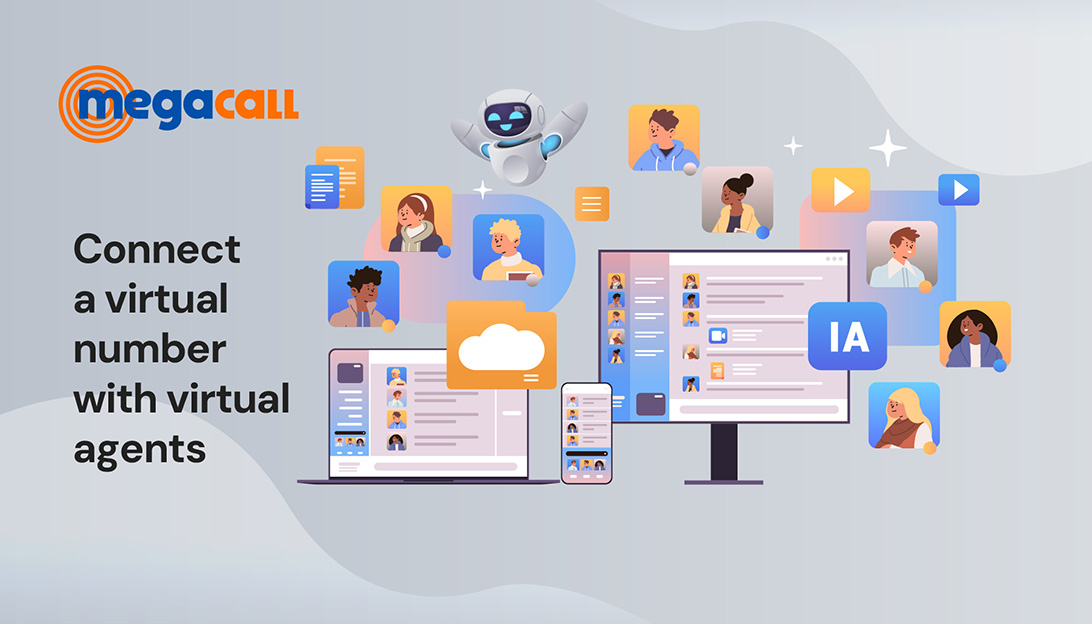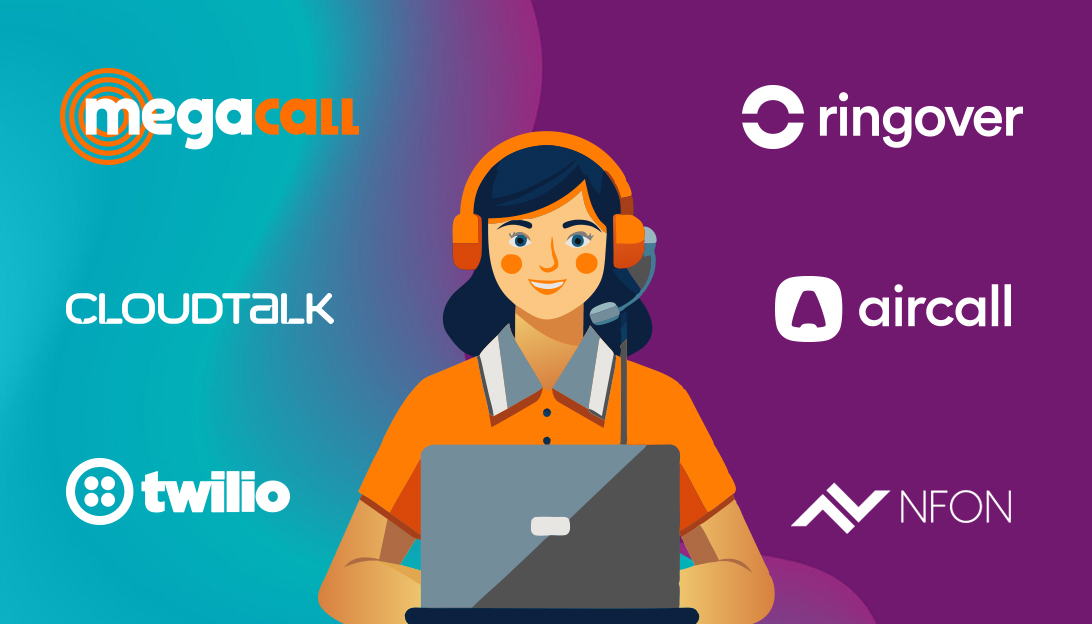
What used to be a conversation between two people on the phone can now include an AI that listens and understands. Artificial intelligence is already being applied in the telephony sector, not to replace anyone, but to make customer service and sales work better, faster, and with fewer errors.
First, let’s mention something we all know: traditional telephony, the kind we’ve used for years as a key channel for customer service. But nowadays, its limitations are clear: it requires physical lines, it doesn’t offer much mobility, and scaling means higher costs… But in contrast, we now have virtual telephony, which works through the cloud, without cables. It can be used from anywhere with an internet connection, scaling or adapting is much easier, and it can be integrated with other management tools.
Why Artificial Intelligence in Telephony?
We’re at a point where, if you have a business, answering the phone well is no longer enough. You might have great agents doing an excellent job, but nowadays people also expect quick answers, automation, availability, and above all, no wasted time. Waiting on the phone with background music for five minutes could soon be a thing of the past thanks to virtual agents, as they respond instantly and are ready to solve doubts or problems. So, what are virtual agents? Virtual agents are assistants that handle calls using artificial intelligence. They can reply with a natural voice, hold a conversation, and do everything just like a human would. Today, virtual agents can understand what you’re saying, interpret it, and respond in a meaningful way. And the best part is, they learn over time; the more they interact, the better they get. They can assist in different languages, which opens your business to international markets, offer 24/7 customer service so you won’t miss a single call, automate repetitive tasks, answer frequently asked questions, and much more. And all of this can be achieved without big teams, just a solid platform to integrate them, like Megacall.- Full Customer Service. No calls will be missed, and multiple conversations can be handled at the same time.
- They have “memory.” They store customer details and data, like when the last issue happened, when they called, etc.
- They act as a filter. Before passing the call to an agent, they already know the problem, the type of customer, and the situation.
- They improve over time. Virtual agents get better at responding and understanding with every conversation.
Which virtual agent platforms are being used and can be connected with Megacall?
Among the top tools that can already be integrated with Megacall’s telephony are Retell AI, Vapi, and ElevenLabs. To mention a few details, with Retell and ElevenLabs you can make two-way calls, while Vapi is currently focused on incoming calls only. These three platforms are quite similar in terms of features. You can create your virtual agent by providing a prompt with instructions that the agent must follow, and from there, the virtual agent takes care of speaking, responding, and adapting to the conversation. They offer options to choose different voice types, languages, and speech speed, responding in a natural way. Getting it up and running is very simple, you just need a virtual number, like the virtual numbers offered by Megacall, and from the platform, you simply configure the forwarding of incoming calls. The advantage of having Megacall is that you’ll always have your number at an affordable price, since these platforms don’t provide virtual numbers. Plus, with your Megacall virtual number, you’ll also have access to the virtual PBX. And now, it’s also possible to integrate artificial intelligence with the PBX, turning the virtual agent into just another employee of your company. To get a clearer view of how virtual agents work and how they benefit a business, let’s look at two examples of using virtual agents in telephony.- Virtual Agent in a Private Clinic: Virtual Number Connected to AI
- Virtual Agent for Hotels: Virtual PBX Connected to AI
You may also like…
How to call the United States from anywhere
December 3, 2025
Best virtual PBXs in 2026: comparison to choose the best platform
November 27, 2025
Implement a virtual AI agent in PBX. Example of a use case
November 5, 2025


